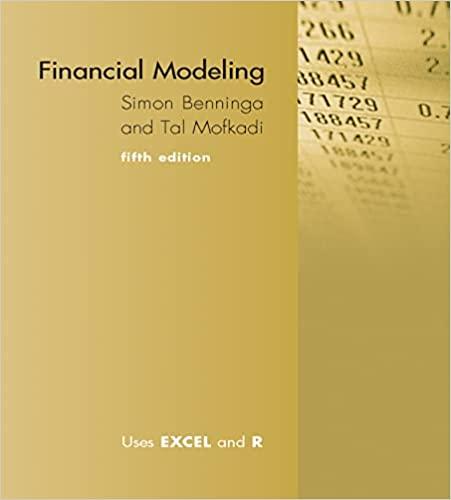

Answer the following questions in words and possibly using figures. Your answers should be clear and concise. 1. Explain adverse selection in a setting with an asset owner who tries to sell an asset in a secondary market. If she issues debt backed by the asset instead of selling the asset itself, how can the adverse selection problem be mitigated or completely eliminated? 2. When is debt less effective for dealing with adverse selection? Why? 3. Right before the last financial crisis, banks started to pay out dividends. Explain this phenomenon as risk-shifting behavior 4. The two major roles of financial markets are to In other words, what level of constant capital stock KtKmaximizes the project's net present value. "The appropriate cost of investment is now rather than rKt. The manager can no longer borrow. consumption for each unit of investment. Any money I not invested at t = 0 is spent by the manager and Think about which discount rate to use. so instead of repaying 1 + r on each unit of investment at t 0, the manager now foregoes one unit of t generates linear utility U. Consumption at t-1 is discounted by a factor l +p, so the required marginal rate of return on investment is 1 + instead of 1 + r. Hint: When does debt become sensitive to information about asset values? 1. Allocate resources across time. (Borrowing capacity) 2. Provide risk sharing across states of the world (State-dependent payoffs) Answer the following questions. (a) Use debt (equity) as an example to illustrate the first (second) function (b) Does defaultable debt provide any risk-sharing among agents? c) Suppose the borrower chooses to default whenever her cash flow is below a threshold x. When x increases, does the risk-sharing capacity of the bond prove? How would the bond price change? (d) Explain the tradeoff between the borrowing capacity and the risk-sharing func- tion of a debt contract when the default threshold x changes. Suppose the debt contract has a fixed face value F Answer the following questions in words and possibly using figures. Your answers should be clear and concise. 1. Explain adverse selection in a setting with an asset owner who tries to sell an asset in a secondary market. If she issues debt backed by the asset instead of selling the asset itself, how can the adverse selection problem be mitigated or completely eliminated? 2. When is debt less effective for dealing with adverse selection? Why? 3. Right before the last financial crisis, banks started to pay out dividends. Explain this phenomenon as risk-shifting behavior 4. The two major roles of financial markets are to In other words, what level of constant capital stock KtKmaximizes the project's net present value. "The appropriate cost of investment is now rather than rKt. The manager can no longer borrow. consumption for each unit of investment. Any money I not invested at t = 0 is spent by the manager and Think about which discount rate to use. so instead of repaying 1 + r on each unit of investment at t 0, the manager now foregoes one unit of t generates linear utility U. Consumption at t-1 is discounted by a factor l +p, so the required marginal rate of return on investment is 1 + instead of 1 + r. Hint: When does debt become sensitive to information about asset values? 1. Allocate resources across time. (Borrowing capacity) 2. Provide risk sharing across states of the world (State-dependent payoffs) Answer the following questions. (a) Use debt (equity) as an example to illustrate the first (second) function (b) Does defaultable debt provide any risk-sharing among agents? c) Suppose the borrower chooses to default whenever her cash flow is below a threshold x. When x increases, does the risk-sharing capacity of the bond prove? How would the bond price change? (d) Explain the tradeoff between the borrowing capacity and the risk-sharing func- tion of a debt contract when the default threshold x changes. Suppose the debt contract has a fixed face value F








